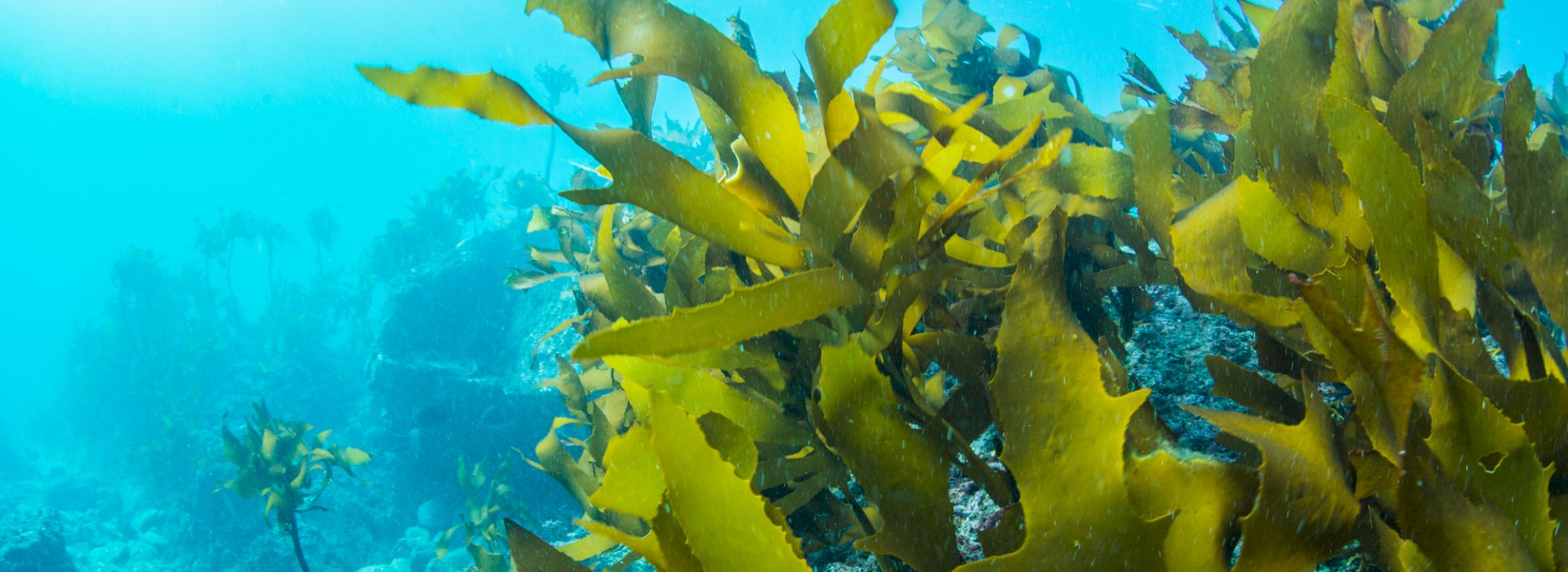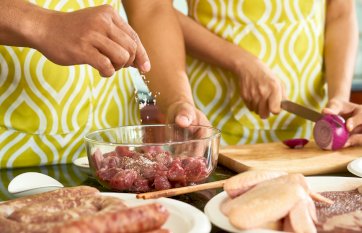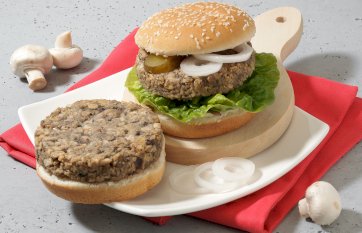Interview with Gabriel Walesiak, Key Account Manager, Technology Consultant in Libra Food Ingredients company
- Apparently, there is an interesting phrase about carrageenans that circulates among meat industry technologists. Can you share it with us?
- Haha, you may be thinking of an industry saying from 1996! "It is not an art to cut water. The trick is to sling the water on ... the hook." Indeed, it says a lot about the unusual properties of carrageenans, , their naturally high water absorption and gel-forming ability. Depending on what fraction of carrageenan is used, we can create different characteristics of the gel and, finally- the product. But I would like to calm you down- nowadays no one thinks of creating a product that could be described as "water hanging by a hook"!
- Carrageenans are a natural product. But many consumers consider them a controversial food ingredient.
- Carrageenans are extracted from seaweeds belonging to the family class Rhodophyceae. These seaweeds are grown in the water of warm seas and cold seas. There was a concern that carrageenans sourced from warm waters, from seas with rivers flowing into the Indian Ocean and especially from areas of the Philippines considered heavily polluted, might be contaminated with these metals. But modern wastewater treatment technology makes it possible to achieve quality and clarity of a level that is not controversial. Nowadays, we are confident that carrageenans used in food production are completely safe for human health.
.jpg)
- Carrageenans are found in several types. What are the differences and how can they be used?
- Depending on the structural configuration of carrageenan, there are five basic types, from which kappa, iota and lambda are the most often used. They differ in their characteristics and in food products they are usually found side by side in different percentages, forming gels of different hardness, viscosity and stability. In meat processing, carrageenans improve juiciness, bite, or visual appeal, but also increase productivity, for example improve the economics of the product. Today, carrageenans are very popular in the production of cured meats used in gastronomy for such purposes as baking on pizzas. Their properties are also appreciated by restaurants serving "cold plates" because ham with the right addition of carrageenan allow ham slices to be rolled nicely and in shape. Manufacturers of frozen dishes or convenience food using the cured meat for cordon bleu type dishes also pay great attention to the elasticity and durability of their slices, even after freezing. In the recent few years we could observe the trend of decreasing final yields of cured meats which entails the use of lower doses of hydrocolloids in those products compared to the 1990s. At present we can see that the current crisis is again turning technologists' attention to more economical and efficient production. Carrageenans are back in the game again!
- Carrageenans in food industry, it's not just the meat industry?
- Well, of course, everyone uses carrageens, because they are very convenient and comprehensive substances. It is difficult to imagine, for eaxample, the production of sweets, dairy products, desserts, ice cream without carrageenans.
- Can carrageenans be used alternatively with gelatin?
- They are substances with similar properties and similar applications, but carrageenan has the definite advantage of being plant origin. At the time when plant-based foods continue to gain popularity, when manufacturers are striving to clean up the label and to eliminate animal origin products from the ingredient list - carrageenans are an ideal solution. It's natural for consumers these days to choose jellies, desserts, plant-based drinks that imitate flavored milks - fully vegan. It would be difficult to get the right consistency in these products without the use of carrageenans. It's natural for consumers these days to choose jellies, desserts, plant-based drinks that imitate flavored milks - fully vegan. It would be difficult to get the right consistency in these products without the use of carrageenans.
Finally, Libra is part of the Food Ingredients Group together with Nanjing Lauta Food. Lauta is a producer of carrageenan, processes seaweed from its own licensed farms, and guarantees the highest carrageenan content in the processing process. Libra's R&D conducts a lot of technological trials using Lauta's carrageenans, and we strongly recommend its quality!
- Thank you for the interview!





